A house is not a home
Image: Disney
Disney actually misfired a bit with their early sales attempts due to this knowledge. They believed that guests would expect, possibly even demand, resort accommodations capable of hosting several people at once. These villas should include kitchenettes so that guests could cook at “home” if so inclined. Disney predicated the original DVC pricing model on this belief. All their sales brochures noted this strategy of living large at Walt Disney World. Guests who purchased enough points have the opportunity to spend a week at a two-bedroom villa.
Current DVC members are likely scratching their heads a bit at this. Spending a week at a two-bedroom villa usually requires more than 230 points these days. It can actually cost as much as 398 points now, which reflects the fact that Disney modified their points chart over time, something the DVC charter gives them the authority to do. In a nicely nostalgic touch, they do still offer two phases of the calendar, Choice Season and Dream Season, wherein 230 points is either enough or almost enough (232 points being the magic number) to stay in the two-bedroom villa that was originally key to Disney’s marketing campaign.
Where Disney erred was in believing that people wanted/needed a two-bedroom villa during their visit. They trumpeted the availability of these large new apartments offering 1,395 square feet of space. Some of the pamphlets noted that one-bedroom villas and studio rooms were also included in DVC. Those weren’t part of the primary marketing push, though. Disney felt confident that people wanted to enjoy all the benefits of home while vacationing in Orlando, Florida. That meant multiple bedrooms, a kitchen, a living room area, and then all the amenities of a timeshare complex.
Over time, the company learned that while a portion of the base loved those larger hotel rooms, many people were just as happy in a studio room. After all, the ones at Old Key West offered 390 square feet, much larger than the average Disney resort room. People weren’t as concerned about the features of their hotel room as early research suggested. That’s because diehard Disney fans weren’t joining DVC to stay in their rooms. They wanted to be where the action was, the three Walt Disney World gates open at the time.
A movie and some ice cream
While Disney got a few things wrong in the beginning, they got much more right. Their spacious hotel rooms sold well initially. The corporation gained $50 million in revenue during the first year of the Disney Vacation Club. This number was toward the upper boundary of expectations, but there was plenty of reason why.
For starters, the constant fear of timeshare stigmas caused Disney to protect their brand ferociously. The new Disney Vacation Club would include 50 sales agents, all of whom already owned licenses to sell such real estate in Florida. Yes, these employees had previously worked in timeshare sales; however, Disney’s vetting process in picking the right employees was zealously meticulous. For every 50 people interviewed, one sales agent was hired. The initial 30 employees in the DVC sales department were undeniably the best of the best at their craft.
The corporate policy for their sales pitch was precise. In order to avoid any perception of falling victim to predatory timeshare practices, Disney disallowed shady sales tactics at the start. Industry standard practices such as a claim of a limited time price offer weren’t a part of Disney’s pitch. In fact, they performed surveys after each presentation to verify that guests felt that their sales representative had treated them honestly and respectably.
Confident in their product, Disney let their new vacation club sell itself. They offered an introductory movie and a pair of accompanying videos to interested customers. Of course, before the movie started, the potential clients enjoyed a bit of celebrity. Employees at Old Key West transported guests to the Commodore House, the locale of the DVC pitch.
Image: Disney
The ride was unforgettable. You can see a picture of it here. Yes, the most popular vehicle at Walt Disney World was this odd combination of Jeep, 1930s classic Dodge, and a stretch Humvee limo. It left an impression on guests who saw it, much less enjoyed the honor of riding in it. My vote is for Disney to bring back a fleet of these cars for all its non-monorail transportation needs.
Dazzled by their ride, excited guests arrived at the Commodore House, their moods already optimal. Nobody sets a tone better than Disney. Once someone curious about DVC entered the pitch room, they enjoyed a 90-minute presentation unlike any other timeshare. You’ve undoubtedly heard stories about exhibitions so lengthy that their sole purpose seems to be breaking the spirit of the resistant person enduring it. Disney went a different way. They identified prior to the movie that the viewer could ask for it to end at any point. They also mentioned the survey, verifying that the customer would get the last word if they weren’t satisfied.
At the end of the show, the sales agent offered the only initial reward for potential DVC clients. They had a bowl of ice cream, a rather modest incentive for a 90-minute show. DVC offered a much better incentive for people who chose to buy during those early days, though. People staying at DVC didn’t have to pay for park admission through the body of the 1990s, the Disney Decade. That was part of the hook for joining the club.
Disney4Life
Image: Disney
These buyers didn’t receive season tickets or the like. A much more structured system was in place. Guests staying in studios and one-bedroom villas earned two free park tickets, no matter how many people actually stayed in the room. Anyone in a two-bedroom villa received four free park tickets, and DVC members who went all out by spending points on the grand villa gained six free park tickets.
This practice remained in place until New Year’s Eve of 1999. It gave Disney a way to entice people to buy more points. More of them meant the ability to stay in a larger villa, thereby acquiring additional park tickets. It might not seem like a big deal on the surface, but a family of four could actually save money by purchasing enough points to qualify for four free park tickets each visit. Sure, they’d have to visit Walt Disney World a great deal from 1991 to 1999 to justify the additional purchase yet many did.
In fact, Disney quickly deduced that the real estate laws of the state weren’t working in their favor. Guests who purchased too many points could become a weird sort of liability during the free tickets phase of DVC. As such, they capped ownership points at 2,000. That might seem impossibly high. There was good reason for it, though. Several clever corporate buyers acquired the maximum 2,000 points in order to use them as rewards for loyal employees and important clients. They saw the intrinsic value of DVC and treated the transaction like any other commodity. These investors bought low on something they felt was undervalued.
Shockingly, they were right. The standard belief about timeshares is that they’re always terrible investments. The Disney Vacation Club continues to fly in the face of this belief. That $11,730 price in 1991 earned the buyer 230 points at Old Key West, so the transaction cost was $51 per point in 1991. Today, Disney sells those same points at the same resort for $135 per point.
Of course, if you wanted to see your purchase after 25 years of use, understanding that your ownership is now halfway finished, you wouldn’t be able to get $135 per point on the resale market. You could, however, sell it in this fashion for about $80 per point. That’s $18,400. Yes, an investment of $11,730 in 1991 would’ve increased in value over the life of the ownership interest. As I’ve already established, it wouldn’t quite match the rate of inflation of the American dollar over that time, falling about $2,000 short. Still, you’d have earned money while vacationing at Walt Disney World as much as you wanted during the 1990s without paying park admission.
That’s how Disney did the impossible. They deduced a way to alter the premise of the timeshare to make it unmistakably Mouse-ish. In an industry fraught with ill behavior and even some criminal behavior, the Disney Vacation Club has stood out as a beacon of quality family vacation time. They developed a brilliant system that synthesized many diverse elements of the Disney tourism experience into a method that works effectively for the corporation as well as its guests.
Most amazingly of all, the people who bought at the beginning actually own a deeded property that is 57 percent more valuable today than it was at the time of purchase in 1991. DVC is the perfect embodiment of why Disney is the most trusted, reliable brand in the family vacation industry.
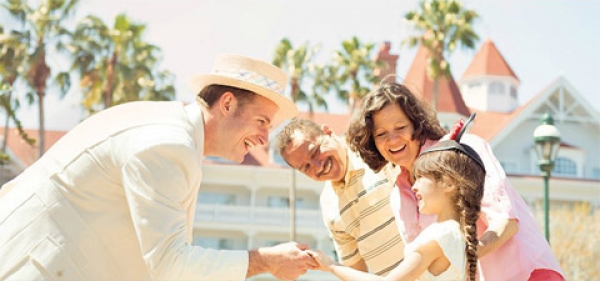
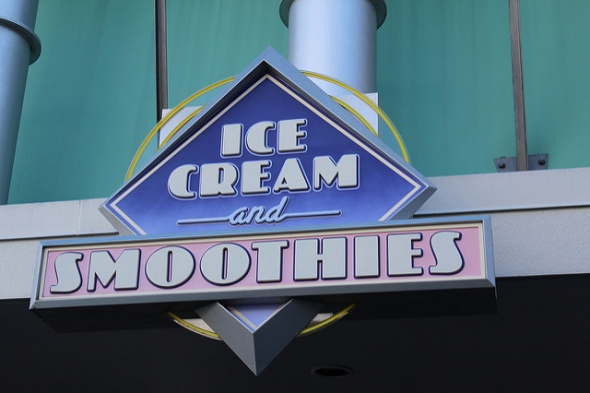
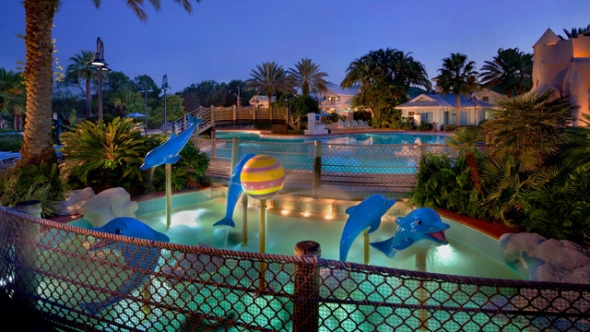
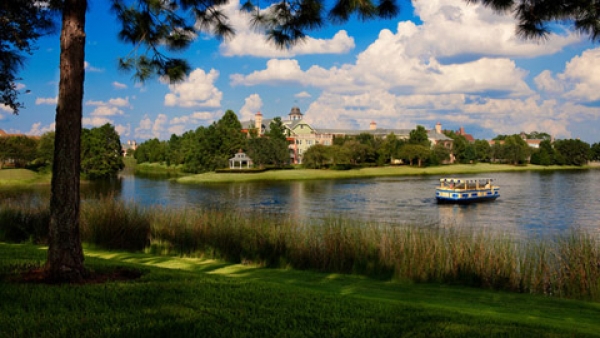
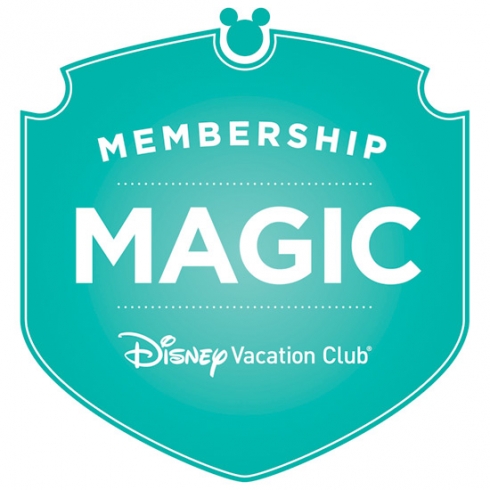

Comments
The article seems to imply that it was Disney who invented the points-based system. This is not strictly true. The points-based timeshare system Disney used was not invented by them, but actually dates back to "the Father of Timeshare", Dr. Guido Renggli. In 1963, Dr. Renggli and German developer Alexander Nette co-founded Hapimag, which started selling timeshares in Europe. Hapimag was the first timeshare operator in the world and is by far the largest in Europe. It was Dr. Renggli who first pioneered the points system. Vacation Internationale introduced the points system in the US in the mid-1970's, beginning in Hawaii. Trendiest Resorts, based in the state of Washington, was the first timeshare company to only sell a points-based timeshare. Disney patterned its system on these models.